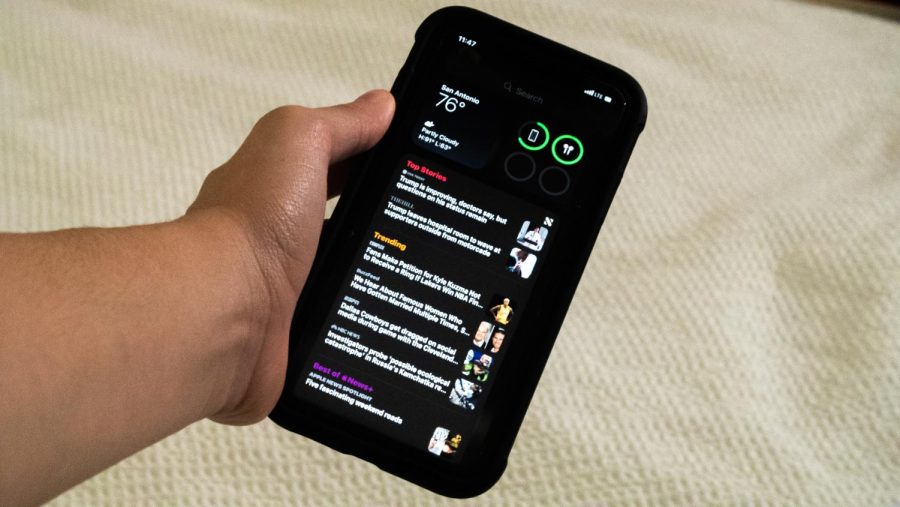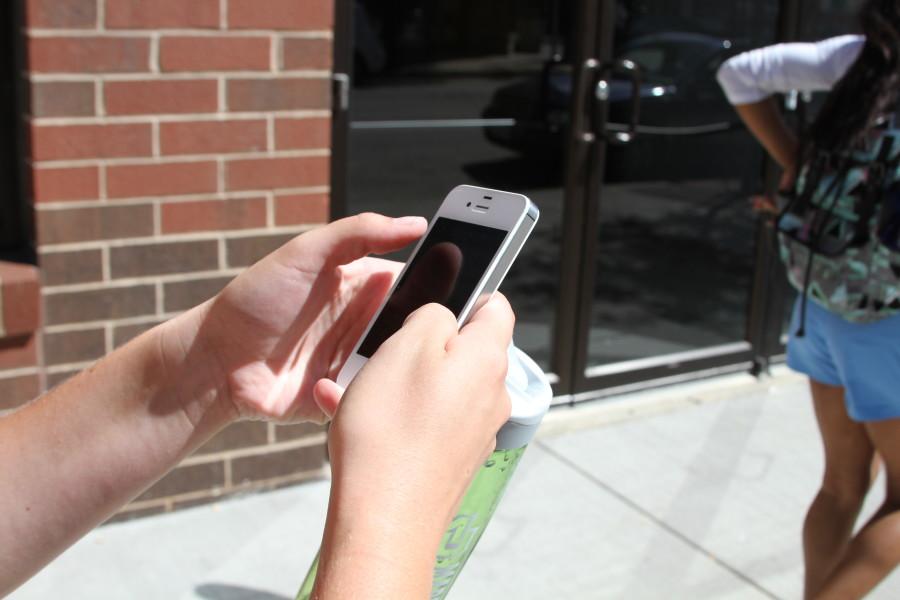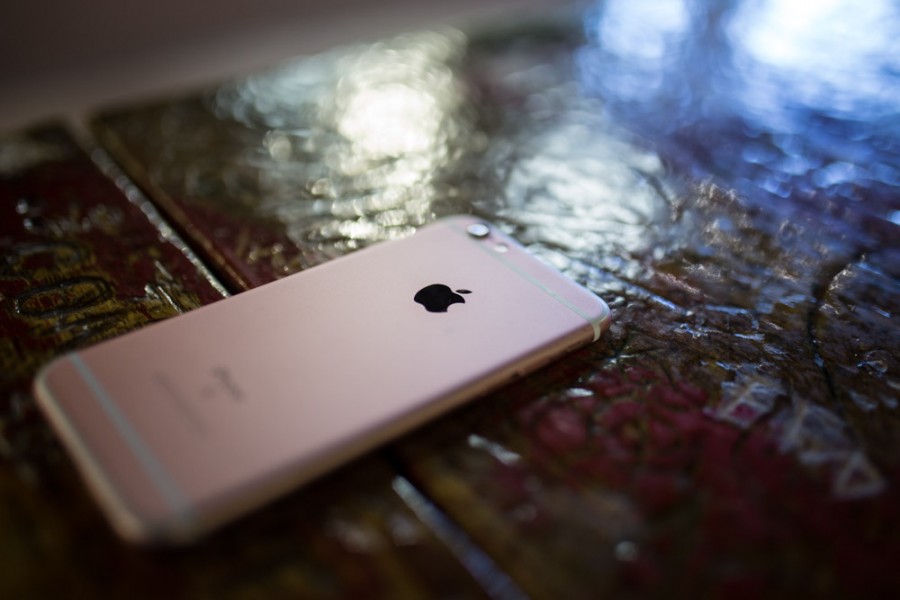
Apple’s fifth and most recent iteration of the popular iPhone was unveiled Sept. 12 and released Friday, selling more than five million products in the first three days alone.
The iPhone 5 has a larger screen, thinner design and has a 20 percent lighter weight than the previous model. Other features include the ability to shoot panoramic photos and HD video and newly designed “EarPods” that take the place of traditional headphones.
Michael Feroli of JP Morgan estimates that the release of the iPhone 5 could potentially boost U.S. economic growth in the fourth quarter by as many as 0.5 percentage points, possibly selling as many as 50 million units. Feroli said the estimate should be met with skepticism, however, as an increase in the economy of that size would be significant.
Prior to its release in stores, Apple sold two million phones in one day of pre-sales, double that of the previous model. This led Apple’s share price to reach an all-time high of $700.44 before closing at $699.78 on the NASDAQ market.
Jared Wimmer, a senior in the College of Business Administration, purchased the phone at the Sprint store in Brown Deer, arriving about an hour before the store opened.
“My favorite new feature is a tie between the speed of the device and the size of the screen,” Wimmer said. “Some people say it’s still too small compared to the Android phones, but I think it’s perfect. It’s larger, to see more of your content, but still small enough to use comfortably with one hand. The speed is ridiculous. The A6 chip is twice as fast as the A5 in the iPhone 4s, and you can really tell the difference while playing games or just using the device’s normal functions.”
In addition to the updated operating system and physical appearance, the iPhone 5 has a redesigned connector that uses eight pins instead of 30. This connector is not adaptable for use with other Apple products which requires users to purchase a $29 adaptor.
“I’m not infuriated,” said Noah Toumert, a freshman in the college of Arts & Sciences, about the adaptors. “I’m not even mad. I’m just a little miffed. It’s an annoyance – just another thing for me to buy.”
Toumert has been purchasing iPhones in part because they help boost a person’s status among peers.
“I got my first iPhone two months after the original came out,” Toumert said. “There was an allure that came with having the iPhone. … There are other smart phones that work just as well. Having the new iPhone is definitely a status symbol.”
Felicia Miller, a Marquette assistant professor of marketing, agreed that there is a status behind buying Apple products in addition to the efficiency of their products.
“Apple is an iconic brand that is as much about symbolism as it is substance,” Miller said. “The Apple brand has been successful in part because of its technology and in part because of its marketing. On the technology side, Apple computer, the brand’s original product, was very reliable and provided capabilities that PC competitors did not.”
“From this foundation of superior technology came the iPod – a relatively inexpensive and low commitment way to experience Apple’s technology,” she continued. “Apple’s product line quickly grew to include other MP3 devices and ultimately cellphones because it created marketing messages that enticed consumer to touch, feel and ultimately buy their products.”
The phone will be available in 22 more countries this Friday and more than 100 by the end of the year.








Michael Vazquez • Sep 26, 2012 at 8:26 pm
I believe it was 2 million products not 5 for the iphones.